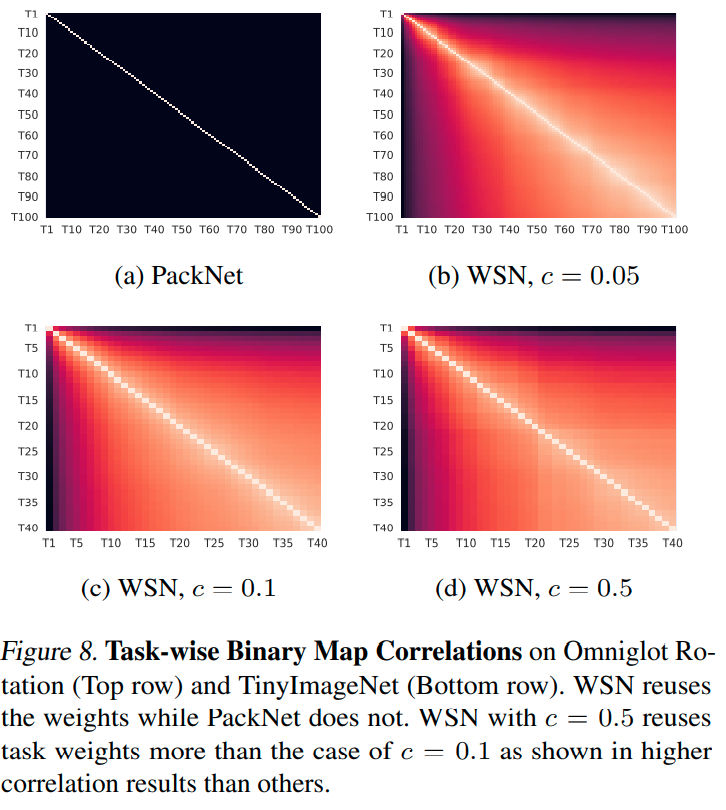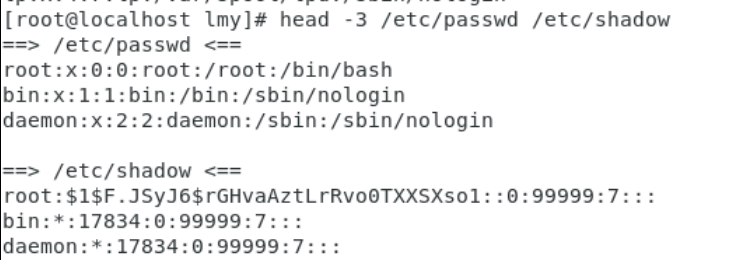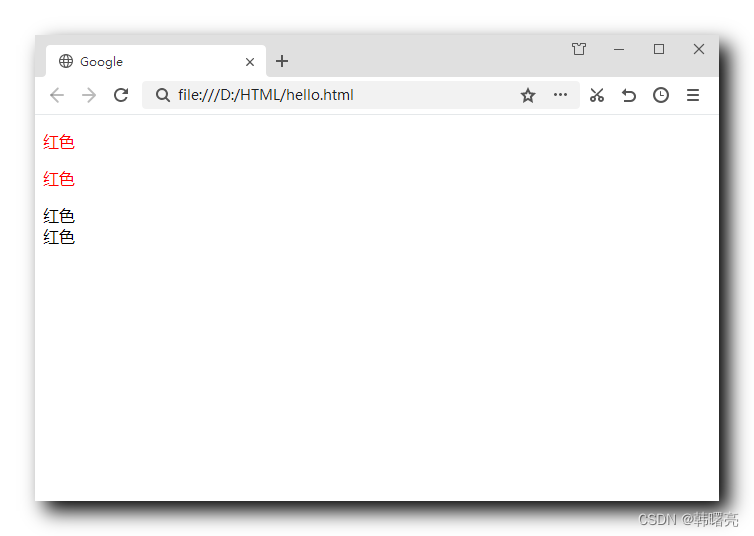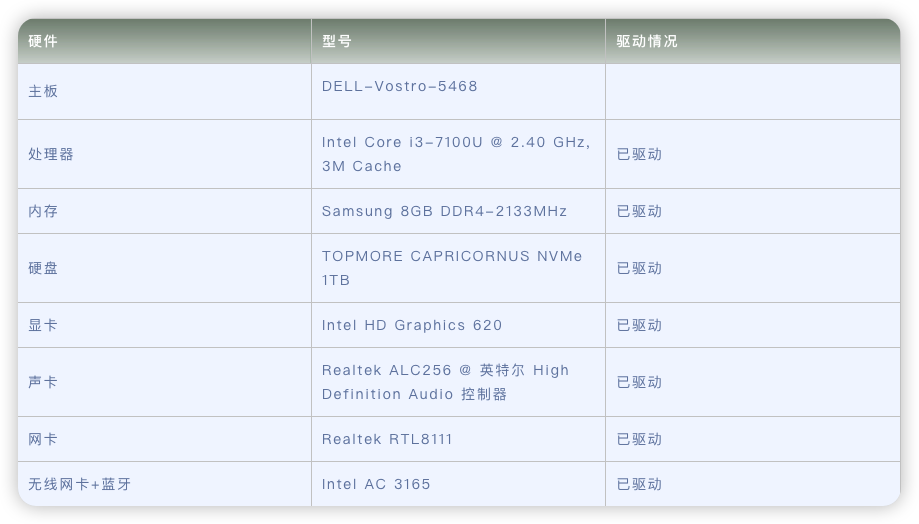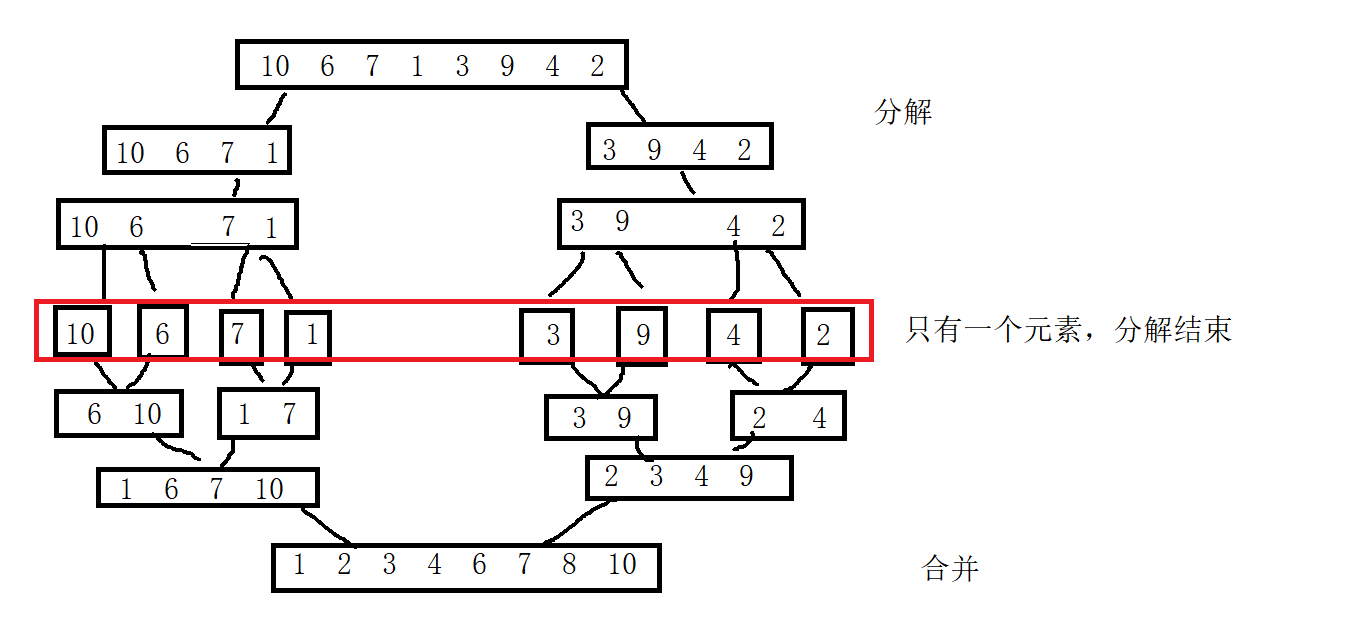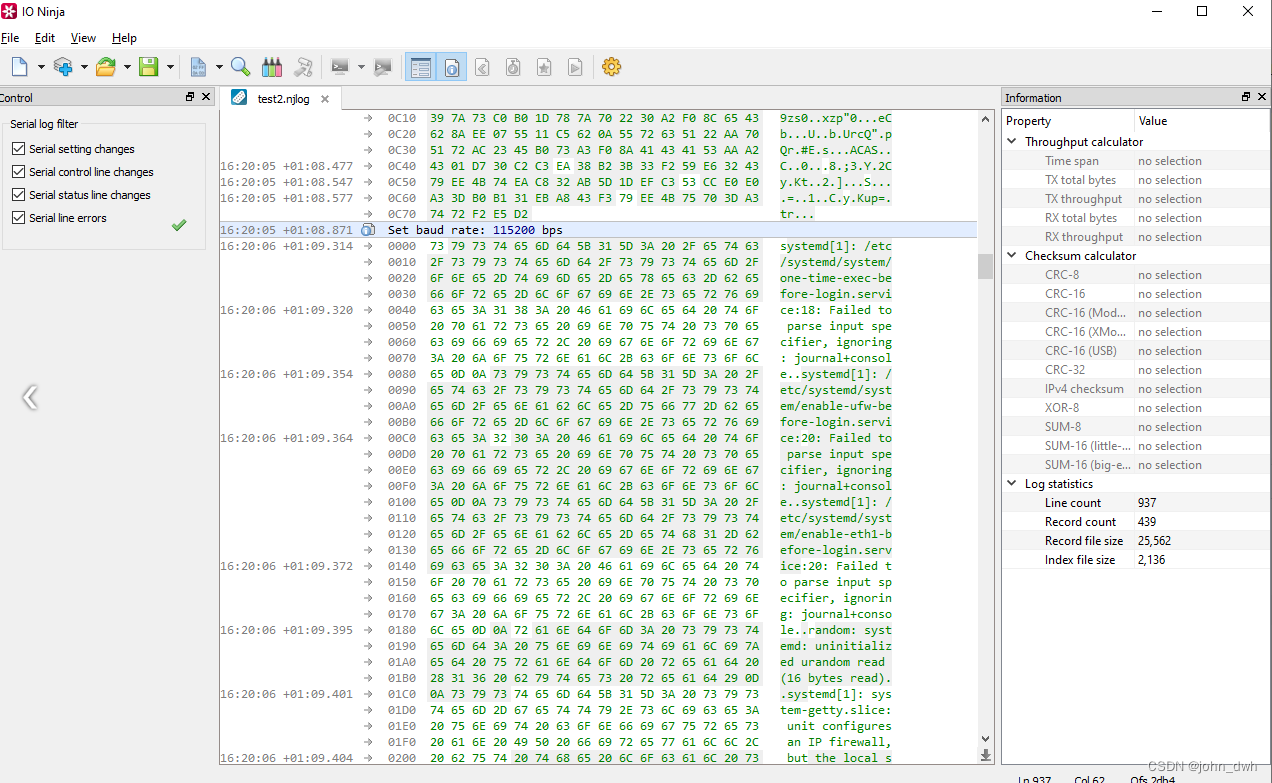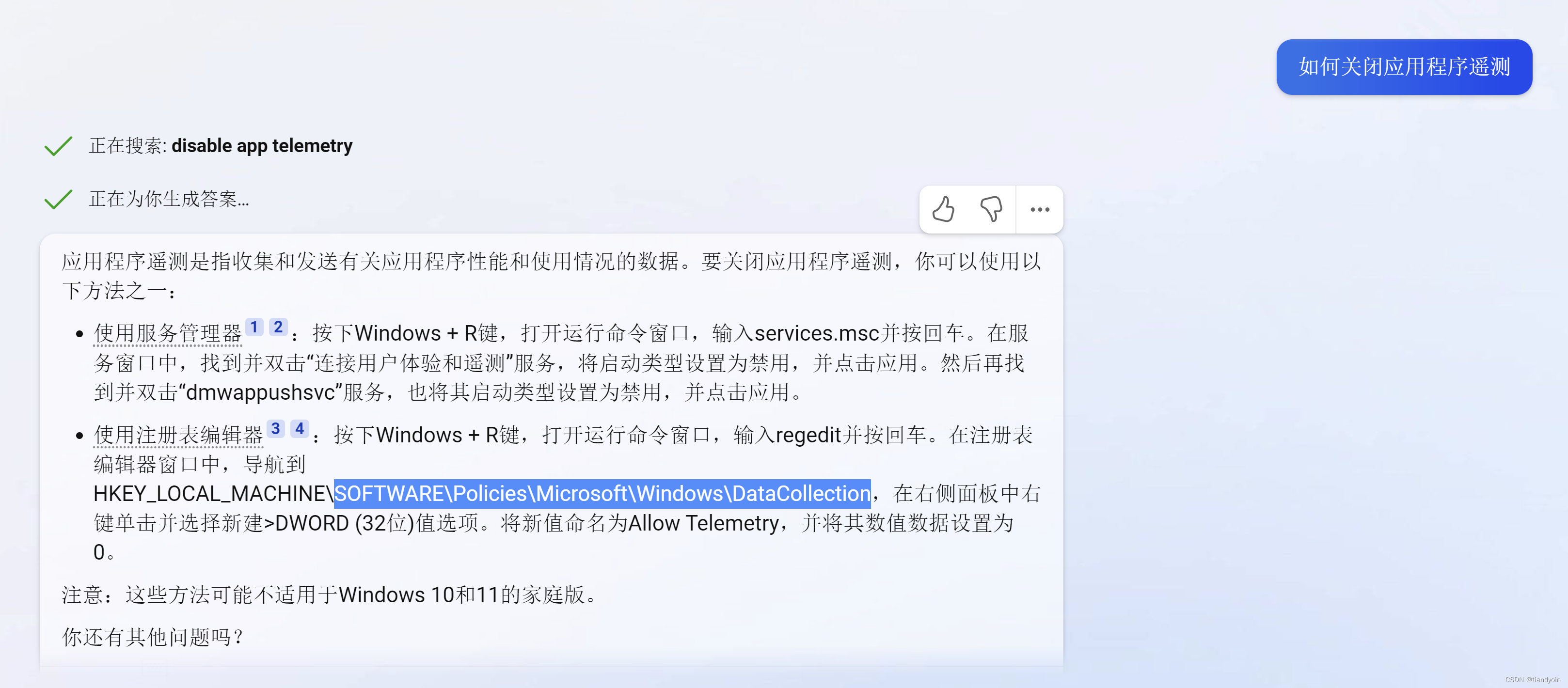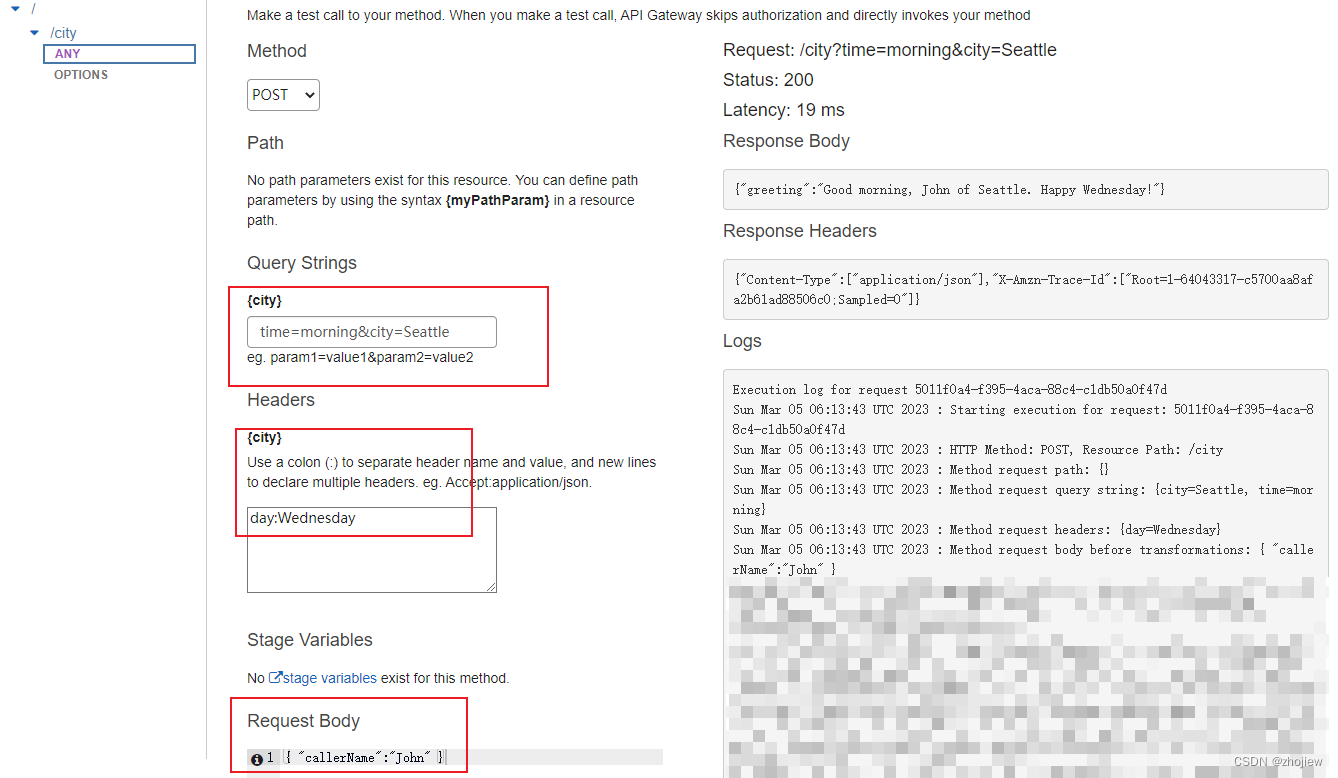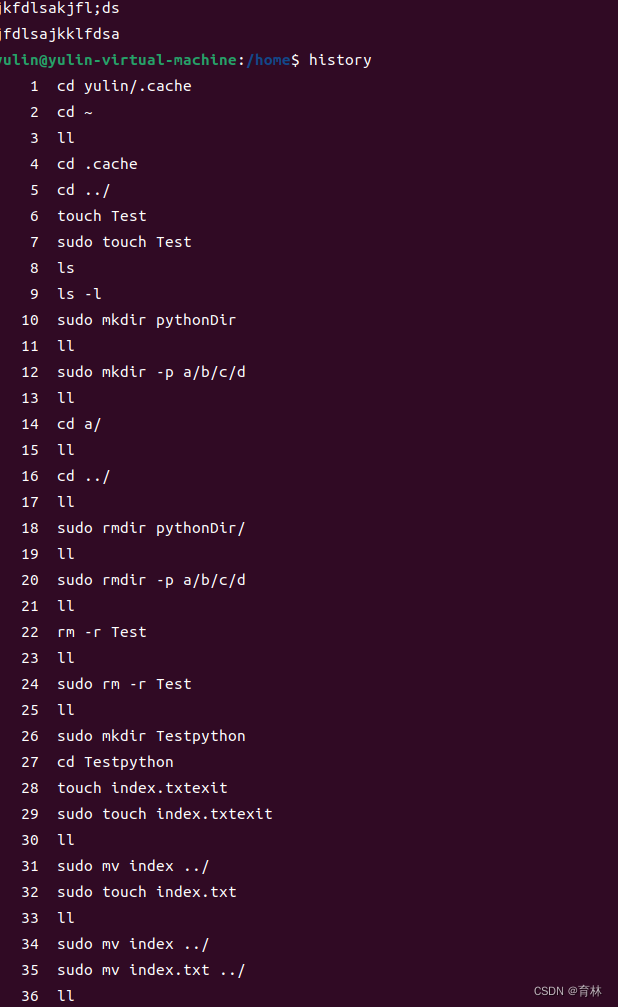背景
按照软件重构的思想,当多个类中存在相同的代码时,需要提取公共部分来消除代码坏味道。Java的继承机制允许用户在纵向上通过提取公共方法或者公共部分(模版方法方式)至父类中以消除代码重复问题;日志、访问控制、性能监测等重复的非业务代码揉杂在业务代码之中无法横向抽取,AOP技术为其提供了一个解决方案。
AOP技术将这些重复的非业务代码抽取出为一个模块,通过技术整合还原代码的逻辑和功能;即:在代码层面上消除了重复度,提高了可维护性,并在功能层面上得到还原。抽取重复代码作为一个模块是用户的问题,然而技术整合(对目标织入增强逻辑,后文介绍)以实现功能还原是AOP的目标和工作重心,Spring AOP是该技术的一种实现。
本文作为Spring系列的第八篇,介绍Spring框架中AOP的使用、注意事项和实现原理,原理部分会结合Spring框架源码进行。
Spring系列的后续文章如Spring系列-9 Async注解使用与原理和Spring系列-10 事务机制其底层原理都是Spring AOP。
1.AOP
常见的AOP实现方案有Spring AOP和AspectJ:相对于Spring AOP而言,AspectJ是一种更成熟、专业的AOP实现方案。AOP的技术整合(织入增强逻辑)可以发生在编译器、类加载期以及运行期:AspectJ在编译器(ajc)和类加载器(使用特定的类加载器)实现;Spring AOP在运行时通过动态代理方式实现。AspectJ提供了完整了AOP方案,而Spring AOP从实用性出发未常见的应用场景提供了技术方案,如不支持静态方法、构造方法等的AOP。
本文考虑到文章篇幅,下文暂不涉及其他AOP技术,后续会在《AspectJ使用与原理》中单独介绍AspectJ
Spring AOP构建于IOC之上,与IOC一起作为Spring框架的基石。Spring AOP底层使用动态代理技术实现,包括:JDK动态代理与CGLIB动态代理;JDK动态代理技术要求被代理对象基于接口,而CGLIB动态代理基于类的继承实现代理,从而要求被代理类不能为final类且被代理的方法不能被final、staic、private等修饰。二者都有局限性,在一定程度上相互弥补。
1.1 基本概念
[1] 执行点:在Spring AOP中指代目标类中具体的方法;
[2] 连接点:包含位置信息的执行点,位置信息包括:方法执行前、后、前后、异常抛出等;
[3] 切点:根据指定条件(类是否符合、方法是否符合等)过滤出的执行点的集合;
[4] 通知/增强:为目标对象增加的新功能,如在业务代码中引入日志、访问控制等功能;
[5] 切面:切面由切点和通知组成;
[6] 织入:将切面织入目标对象,形成代理对象的过程。
1.2 增强类型
Spring中使用Advise标记接口表示增强,Spring根据方位信息(方法执行前后、环绕、异常抛出等)为其定义了不同的子类接口。
public interface Advice {}
1.2.1 增强类型相关接口
[1] 前置增强
BeforeAdvice接口表示前置增强,由于Spring当前仅支持方法增强,所以可用的接口为MethodBeforeAdvice.
//同Advise接口,BeforeAdvice也是个空接口
public interface MethodBeforeAdvice extends BeforeAdvice {
void before(Method method, Object[] args, @Nullable Object target) throws Throwable;
}
如上所示,MethodBeforeAdvice接口中仅有一个before方法,入参分别是方法对象、参数数组、目标对象;该方法会在目标对象的方法调用前调用。
[2] 后置增强
public interface AfterReturningAdvice extends AfterAdvice {
void afterReturning(@Nullable Object returnValue, Method method, Object[] args, @Nullable Object target) throws Throwable;
}
该方法中仅有一个afterReturning方法,入参比before多处一个返回值;该方法会在目标对象的方法调用后调用。
[3] 环绕增强
@FunctionalInterface
// Interceptor 是Advise的字接口,且是空接口
public interface MethodInterceptor extends Interceptor {
@Nullable
Object invoke(@Nonnull MethodInvocation invocation) throws Throwable;
}
可通过invocation.proceed()语句调用目标对象方法并获得放回值,可在前后自定义逻辑,相对于前置和后置有更高的灵活性。
[4] 异常抛出增强
public interface ThrowsAdvice extends AfterAdvice {
}
ThrowsAdvice是一个空接口,起标签作用。在运行期间Spring通过反射调用afterThrowing接口,该接口可以被定义为:void afterThrowing(Method method, Object[] args, Object target, Throwable exception);
其中method、args和target是可选的,exception参数是必选的;在目标方法抛出异常后,实施增强。
除此之外,框架还定义了一种引介增强,用于在目标类中添加一些新的方法和属性。
1.2.2 案例介绍
case 1:前置、后置、环绕增强
定义前置通知:
@Slf4j
public class MyBeforeAdvice implements MethodBeforeAdvice {
@Override
public void before(Method method, Object[] args, Object target) throws Throwable {
LOGGER.info("----before----");
}
}
定义后置通知:
@Slf4j
public class MyAfterReturningAdvice implements AfterReturningAdvice {
@Override
public void afterReturning(Object returnValue, Method method, Object[] args, Object target) throws Throwable {
LOGGER.info("----after----");
}
}
定义环绕通知:
@Slf4j
public class MyRoundAdvice implements MethodInterceptor {
@Override
public Object invoke(MethodInvocation invocation) throws Throwable {
LOGGER.info("====round before====");
Object result = invocation.proceed();
LOGGER.info("====round after====");
return result;
}
}
测试用例如下:
public class AdviceAopTest {
@Test
public void testAdvice() {
ProxyFactory proxyFactory = new ProxyFactory();
TaskService taskService = new TaskServiceImpl();
proxyFactory.setTarget(taskService);
proxyFactory.setInterfaces(TaskService.class);
// 添加前置增强
proxyFactory.addAdvice(new MyBeforeAdvice());
// 添加后置增强
proxyFactory.addAdvice(new MyAfterReturningAdvice());
// 添加环绕增强
proxyFactory.addAdvice(new MyRoundAdvice());
// 获取代理对象
TaskService proxy = (TaskService)proxyFactory.getProxy();
proxy.sync();
}
}
运行结果如下所示:

case 2:异常抛出增强
修改目标类代码逻辑:
@Slf4j
public class TaskServiceImpl implements TaskService{
@Override
@SneakyThrows
public void sync() {
LOGGER.info("[sync data]");
throw new Exception("");
}
}
测试用例如下:
public class ThrowsAdviceTest {
@Test
public void testAdvice() {
ProxyFactory proxyFactory = new ProxyFactory();
TaskService taskService = new TaskServiceImpl();
proxyFactory.setTarget(taskService);
proxyFactory.setInterfaces(TaskService.class);
proxyFactory.addAdvice(new MyThrowsAdvice());
TaskService proxy = (TaskService)proxyFactory.getProxy();
proxy.sync();
}
}
结果如下:

1.3 切点类型
框架定义切点是为了从目标类的连接点(执行点)中过滤出符合条件的部分,为此在切点类的内部提供类两个过滤器:ClassFilter和MethodMatcher,分别对类型和方法进行过滤。
public interface Pointcut {
ClassFilter getClassFilter();
MethodMatcher getMethodMatcher();
// Pointcut.TRUE 对象表示所有目标类的所有方法均满足条件
// (实例对应的ClassFilter和MethodMatcher对象的match方法均返回true)
Pointcut TRUE = TruePointcut.INSTANCE;
}
Pointcut切点接口定义如上所示,Spring并基于此扩展出了多种切点类型;使得可以根据方法名、参数、是否包含注解以及表达式等进行过滤。
1.4 切面类型
Spring使用Advisor表示切面类型,可以分为3类:一般切面Advisor、切点切面PointcutAdvisor、引介切面IntroductionAdvisor;一般切面Advisor仅包含一个Advice, 即表示作用对象是所有目标类的所有方法;PointcutAdvisor包含Advice和Pointcut信息,可以通过切点定位出满足Pointcut过滤条件的执行点集合;IntroductionAdvisor对应于引介切点和增强。
其中:PointcutAdvisor及其子类DefaultPointcutAdvisor是较为常见的切面类型,源码如下:
public class DefaultPointcutAdvisor extends AbstractGenericPointcutAdvisor implements Serializable {
private Pointcut pointcut = Pointcut.TRUE;
private Advice advice = EMPTY_ADVICE;
public DefaultPointcutAdvisor() {
}
public DefaultPointcutAdvisor(Advice advice) {
this(Pointcut.TRUE, advice);
}
public DefaultPointcutAdvisor(Pointcut pointcut, Advice advice) {
this.pointcut = pointcut;
setAdvice(advice);
}
}
DefaultPointcutAdvisor包含一个切点和一个增强类型属性:Pointcut的默认值为Pointcut.TRUE表示所有目标类的所有方法均为连接点;Advice的默认值为EMPTY_ADVICE:Advice EMPTY_ADVICE = new Advice() {};, 即表示不进行增强。
章节-1.2测试用例中为ProxyFactory添加切面部分逻辑为:proxyFactory.addAdvice(new MyBeforeAdvice()); 等价于 proxyFactory.addAdvisor(new DefaultPointcutAdvisor(new MyBeforeAdvice()));.
2.使用方式
章节-1中涉及的ProxyFactory代理工厂提供了基于切面构造代理对象的能力,Spring框架结合IOC对此进行了一层封装以适应多种场景。封装后为用户提供了一套Spring风格的“API”(使用方式),该部分是本章节的重点部分。
2.1 xml配置方式
引入AOP的schema:
<beans xmlns="http://www.springframework.org/schema/beans"
xmlns:xsi="http://www.w3.org/2001/XMLSchema-instance"
xmlns:aop="http://www.springframework.org/schema/aop"
xsi:schemaLocation="http://www.springframework.org/schema/beans http://www.springframework.org/schema/beans/spring-beans.xsd
http://www.springframework.org/schema/aop http://www.springframework.org/schema/aop/spring-aop-4.3.xsd">
方式1:使用aop:aspect标签
定义目标类:
@Slf4j
public class ApplicationRunner {
public void run() {
LOGGER.info("exec...");
}
}
引入增强类:
@Slf4j
public class EnhanceLog {
public void beforeExec() {
LOGGER.info("before exec");
}
public void afterExec() {
LOGGER.info("after exec");
}
}
在xml文件中配置AOP:
<aop:config>
<aop:pointcut id="runnerExecPc" expression="execution(* *.run(..))"/>
<aop:aspect ref="enhanceLog">
<aop:before method="beforeExec" pointcut-ref="runnerExecPc"/>
<aop:after method="afterExec" pointcut-ref="runnerExecPc"/>
</aop:aspect>
</aop:config>
方式2:使用aop:advisor标签
引入增强类LogAdvice,需要实现org.aopalliance.intercept.MethodInterceptor接口:
@Slf4j
public class LogAdvice implements MethodInterceptor {
@Override
public Object invoke(MethodInvocation methodInvocation) throws Throwable {
LOGGER.info("before intercept exec");
methodInvocation.proceed();
LOGGER.info("after intercept exec");
return null;
}
}
在xml文件中配置AOP:
<aop:config>
<aop:pointcut id="runnerExecPc" expression="execution(* *.run(..))"/>
<aop:advisor advice-ref="logAdvice" pointcut-ref="runnerExecPc"/>
</aop:config>
其中:advisor将所有的逻辑都封装在了MethodInterceptor的invoke方法中,通过方法完成增强;aspect通过配置对外展示需要增强逻辑,而不需要实现MethodInterceptor等Advice系列接口。相对而言,aspect的代码侵入性较低。
2.2 注解方式
Spring通过整合AspectJ为AOP提供了注解形式的使用方式;因此使用注解时,需要添加对aspectjweaver的依赖(由org.aspectj提供)。
2.2.1 切面注解 @Aspect
注解在类上用于标记切面类;其他注解都可以添加在该类中的方法上。
2.2.2 增强注解 @Before @After @Around @AfterThrowing @AfterReturing
被增强注解的方法内容作为增强。@Before表示前置增强,@AfterReturing表示后置增强,@Around表示环绕增强,@AfterThrowing表示异常抛出增强,@After表示方法正常执行完或者异常抛出都会执行的增强逻辑;与Spring中定义的增强类型基本保持一致。
被上述注解标注的方法可以增加一个JoinPoint类型(Around为ProceedingJoinPoint类型)的参数(也可不加)用于获取上下文信息;另外,@AfterThrowing还可添加异常类型的参数,而@AfterReturing可以添加一个Object类型的参数(表示运行结果),以下通过案例的形式进行介绍。
添加配置类:
@Configuration
@ComponentScan(basePackages = "com.seong.demo.annotation")
@EnableAspectJAutoProxy
public class AopDemoConfiguration {
}
添加目标类:
@Component
@Slf4j
public class DataTask {
public String syncData() {
LOGGER.info("start sync data");
return "success";
}
}
添加测试用例:
public class Application {
public static void main(String[] args) {
AnnotationConfigApplicationContext context = new AnnotationConfigApplicationContext(AopDemoConfiguration.class);
DataTask dataTask = (DataTask)context.getBean("dataTask");
dataTask.syncData();
}
}
case 1: 前置、后置
切面配置如下所示:
@Component
@Aspect
@Slf4j
public class MyNormalAspect {
@Before("execution(public String com.seong.demo.annotation.DataTask.*(..))")
public void beforeExec(JoinPoint joinPoint) {
LOGGER.info("[Before DataTask], joinPoint is {}.", joinPoint);
}
@AfterReturning("execution(public String com.seong.demo.annotation.DataTask.*(..))")
public void afterExec(JoinPoint joinPoint) {
LOGGER.info("[After DataTask], result is {}, joinPoint is {}.", joinPoint);
}
}
得到如下运行结果:

case 2: 环绕通知
在切面中配置环绕增强,如下所示:
@Component
@Aspect
@Slf4j
public class MyAroundAspect {
@SneakyThrows
@Around("execution(public String com.seong.demo.annotation.DataTask.*(..))")
public void aroundExec(ProceedingJoinPoint joinPoint) {
LOGGER.info("[Around DataTask] call before.");
Object result = joinPoint.proceed();
LOGGER.info("[Around DataTask] call end, result is {}.", result);
}
}
得到如下运行结果:

case 3: 异常抛出增强
在切面中配置异常抛出增强,如下所示:
@Component
@Aspect
@Slf4j
public class MyExceptionAspect {
@AfterThrowing("execution(public String com.seong.demo.annotation.DataTask.*(..))")
public void afterThrowingExec(JoinPoint joinPoint) {
LOGGER.info("[AfterThrow DataTask], joinPoint is {}.", joinPoint);
}
}
得到如下运行结果:
2.4 expression表达式
参考文章:《AspectJ使用与原理》
3.实现原理
略,待补充

